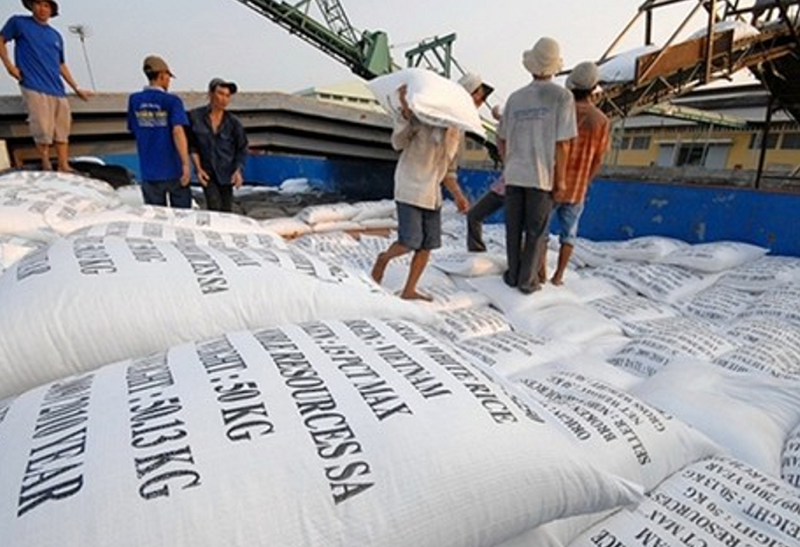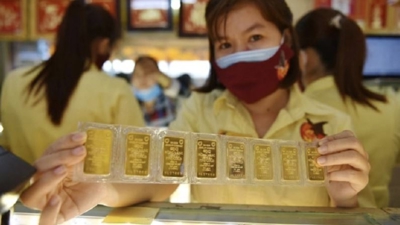Rice exports up against it
Factors come together to dent one of Vietnam’s major export commodities.

Rice has seen the strongest decline among all agriculture, forestry, and fishery exports over the last eight months, falling 14.8 per cent in volume and 6.8 per cent in value year-on-year.
According to a report from the Ministry of Agriculture and Rural Development (MARD), rice export prices plummeted in July and August, with the price of 5 per cent broken rice for export being only $390 per ton in July; the lowest level since February 2020.
According to the Vietnam Food Association (VFA), the declining price is due to sluggish demand in foreign markets, high transportation costs, and Covid-19’s re-emergence. The falling price of Thai and Indian rice also pushed down the price of Vietnamese rice.
Mr. Do Ha Nam, Chairman of the Board of Directors at the Intimex Group and Vice Chairman of the VFA, said that businesses are unwilling to sign contracts with foreign partners because they are afraid of not being able to deliver. Leaders of rice exporting businesses said they were not able to take orders due to production closures, abundant inventory, social distancing, and high and rising costs.
According to analysts, the price of Vietnamese rice increased in the first two weeks of September thanks to growing demand after the government increased stockpiles to supplement the nation’s rice reserves during Covid-19 and traders stopped importing rice from India.
However, at the moment, buyers are cautious about new deals as they expect the export price of rice to fall further in the near future given the escalating Covid-19 situation in Vietnam and Thailand, which are two major suppliers.
MARD has set a target that Vietnam will export about 6-6.2 million tons of rice of all types this year, worth about $3.325 billion. In the current circumstances, however, rice exports in the coming months will still face difficulties, making this target not easy to achieve.







